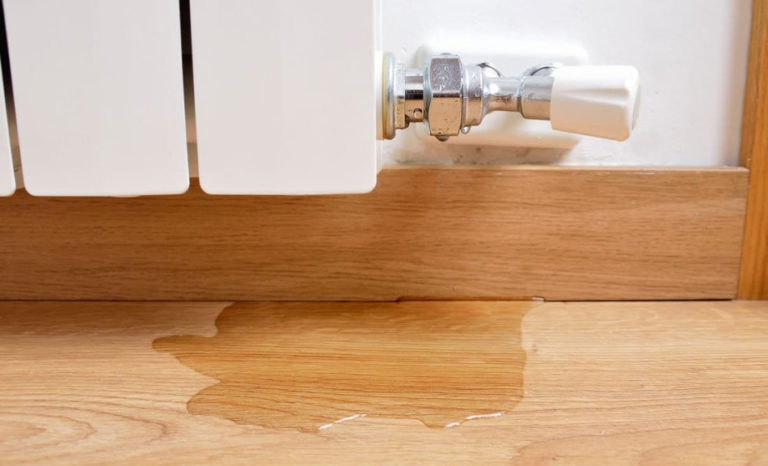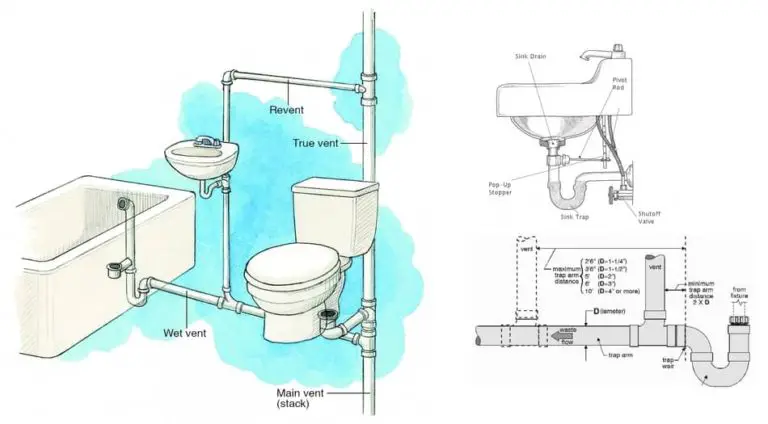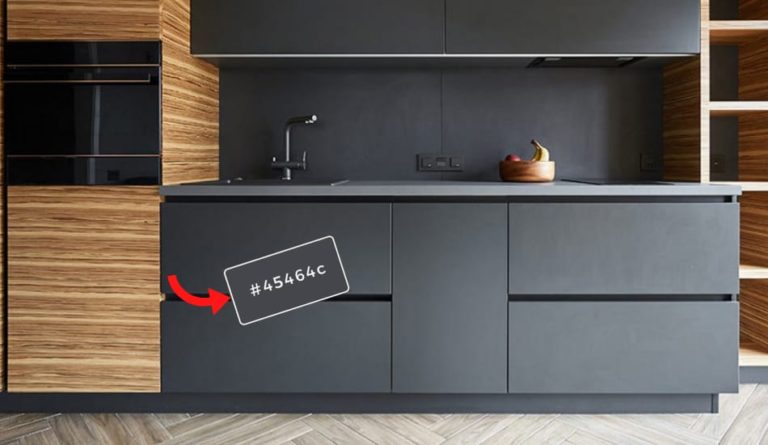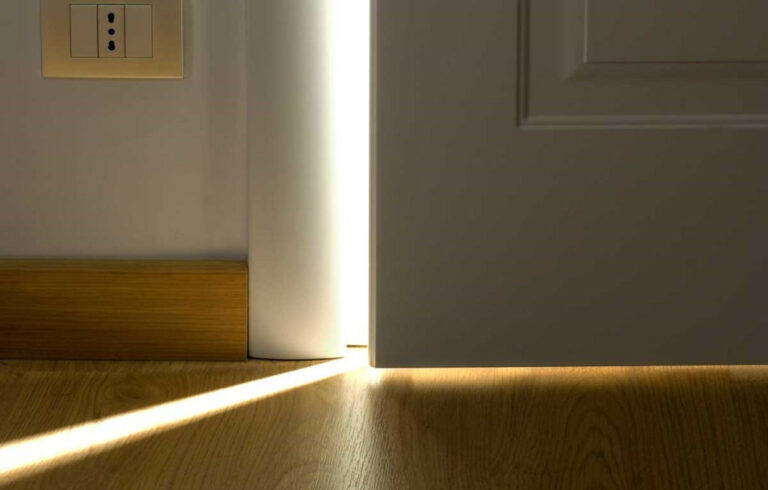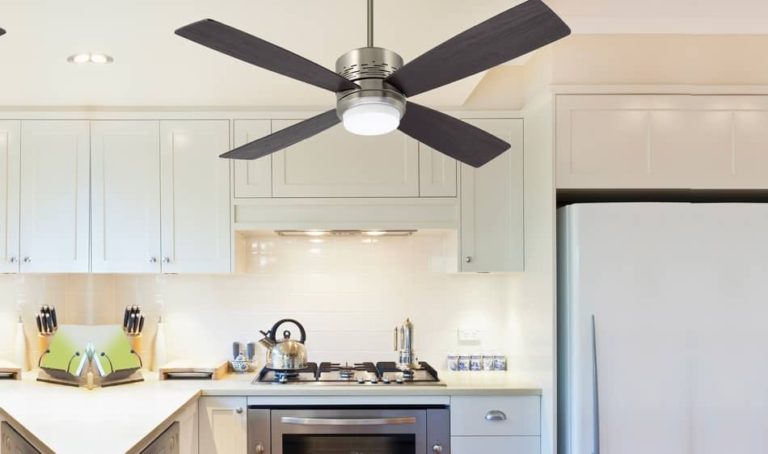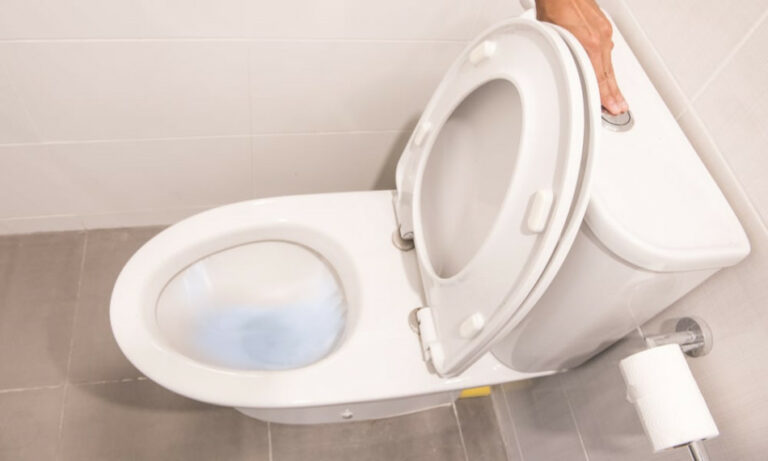Parts of a Toilet and How It Works (Plumbing Diagrams)
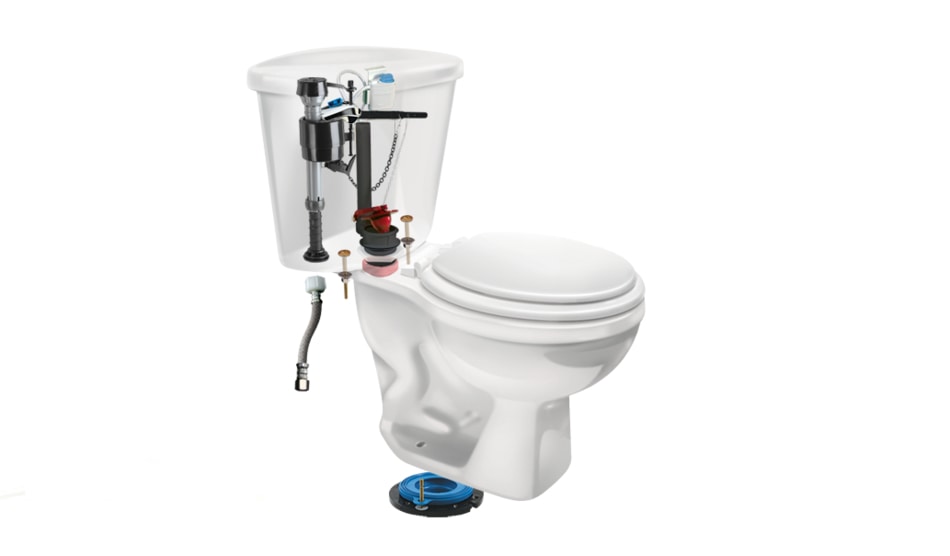
Today, toilets are an essential part of every household, without which many of us cannot imagine our daily lives. Also, toilets are a reliable mechanical system that works with the help of hydraulics and which does not require electricity to operate.
Many of us don’t even think about how a toilet works until some malfunction occurs! In such cases, most people are surprised when they realize how much we need a toilet, and only a few know how it works. Therefore, in this article, we’ll talk about how a toilet works and parts of a toilet. So, let’s start!
Below we offer an overview of the three diagrams of toilet parts. They are made in great detail to understand how a toilet works.
Table of Contents
Why It is Important To Understand How Toilet Works?
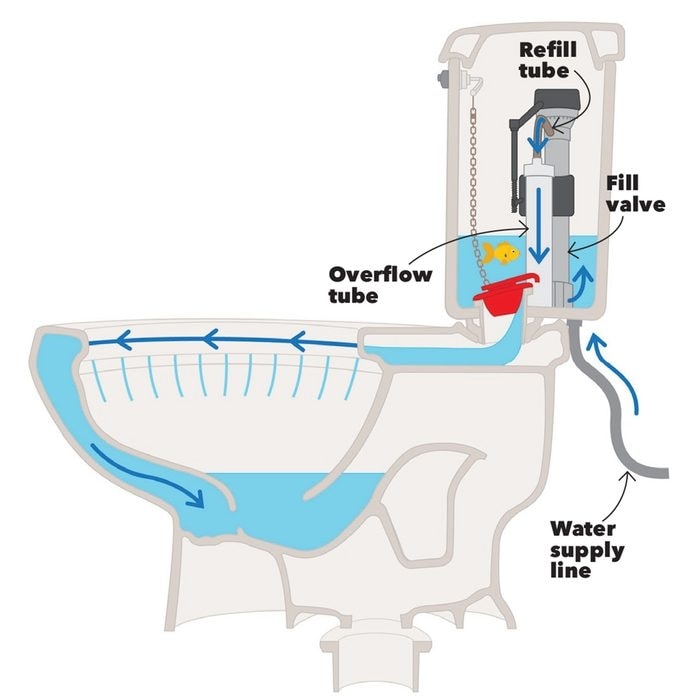
Leaks are common in 20% of toilets. For someone to repair a toilet, it would need to have at least some plumbing knowledge or the help of a professional. Although it is not science fiction to understand how a toilet works, the person who is doing this should be careful when repairing it because the damage that can be caused by the wrong approach can cause water to spill out of the toilet and cause a big mess.
When you are in a situation where you need to repair a toilet efficiently, and at the same time you want to save money, the most important thing is to understand the basic parts of the toilet. Basic toilet knowledge is enough to solve minor problems. It will also help you with the problem when you are being exposed to plumbers which can charge you a large bill for a simple job.
If you want to know more, be sure to also read How a Toilet Works & Toilet Plumbing Diagrams.
Parts of a Toilet
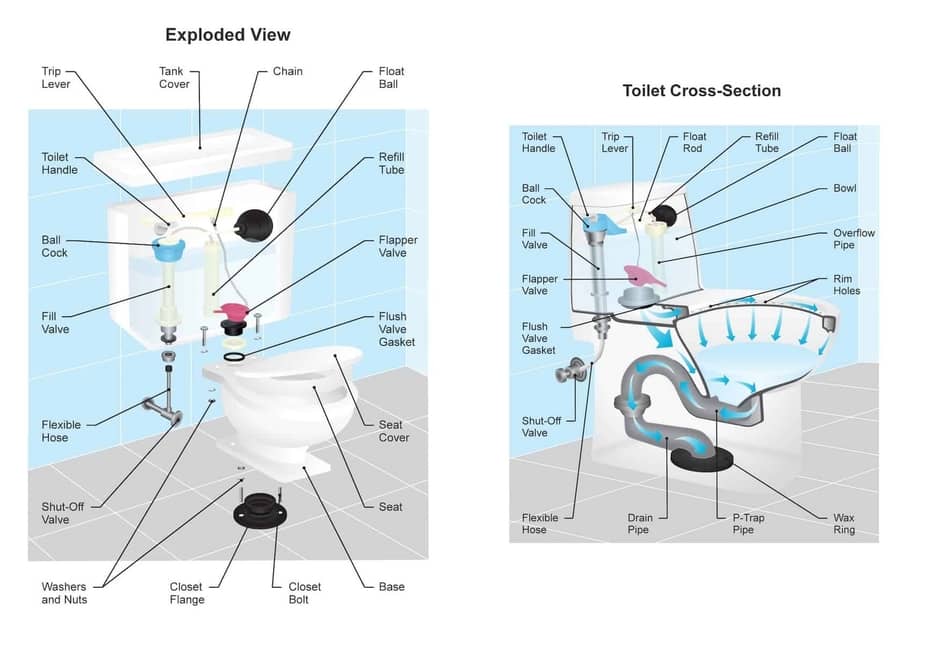
Operation of the toilet is very simple: before the water from the toilet tank enters the toilet bowl, the change in pressure pushes the water through the entire bowl, cleaning it so that you do not have to do it manually. This mode of operation is carried out automatically and without difficulty thanks to the synchronized operation of fixed parts and water-tight that are connected. We have three basic regions from the outside: the bowl, the tank, and the exterior plumbing.
Parts of a Toilet Tank
The main part of the toilet is the tank. The tank is usually a large porcelain box that is located behind you while using the toilet. The toilet tank has the most moving parts that are very sensitive. When it happens that your toilet has low water pressure, leaks, or it takes too long for its system to be refilled with water, the problem probably lies in the toilet tank.
The Toilet Handle
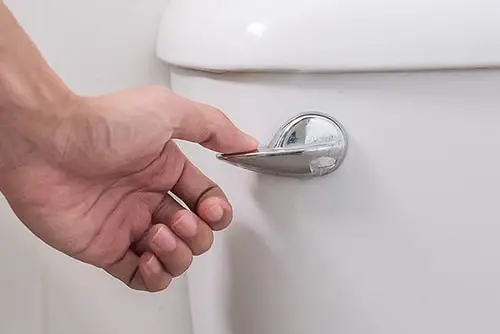
The toilet handle is the only part of the toilet tank that we usually use, and it is the only part of the tank that is visible from the outside. It is basically a simple small lever that needs to be pushed to flush the toilet after use.
The Trip Lever
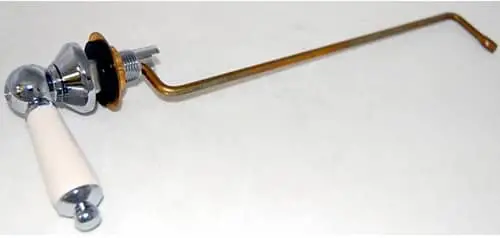
The trip lever is a small bar that is made of metal or plastic located inside the toilet bowl just behind the toilet handle. It is a part that moves when we push the handle. Also, there is a handle on one side of the trip lever, and on the other side, there is a chain.
The Chain
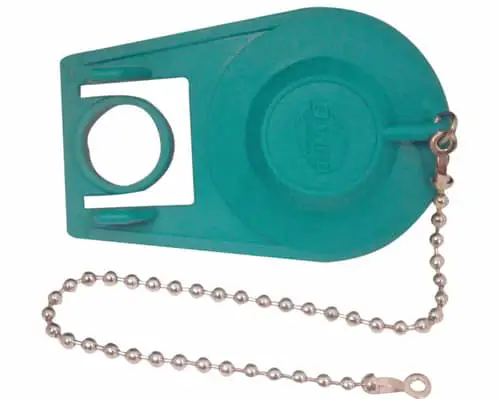
The chain is the connection between the flapper valve and the trip laver which allows emptying the tank. After pushing the handle, it moves the trip lever which results in activation of the chain and opening of the flapper valve.
The Flapper Valve
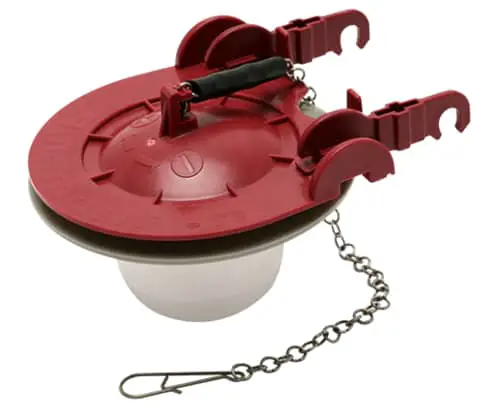
The flapper valve is a waterproof part of the toilet tank that stores water in the toilet bowl until we need to flush the toilet again. The flapper is connected directly to the chain from the top. Once the chain is pulled, it lifts the valve up and allows the water to flow into the toilet bowl. The Flapper valve is the least resistant part and is subject to wear over time. Once the material wears out, it will cause the toilet to leak water constantly and it will need to be replaced.
The Flush Valve Gasket
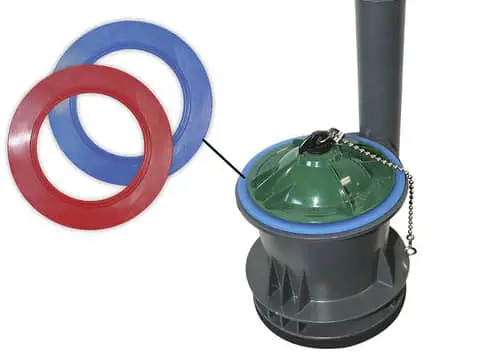
At the bottom of the toilet tank, just below the flapper valve, is the flush valve gasket. It is basically a part that is in balance with the flapper valve. To work properly, it must match with a flapper valve because otherwise there will be a leak.
The Fill Valve
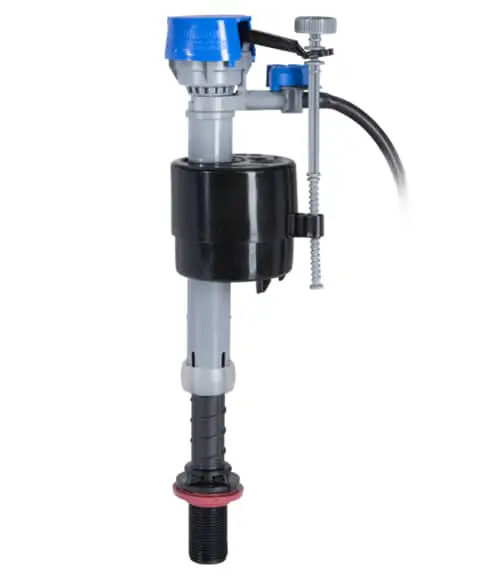
The fill valve has the opposite function of the flush gasket and flapper valve. It is part of the mechanism that allows the toilet bowl to be filled with water. It is most often attached to an opening in the toilet tank that is connected to a water source on the other side of the pipe. The fill valve also contains a vertical refill pipe that brings water upright through the toilet tank until it reaches its level.
The Float Ball And Rod
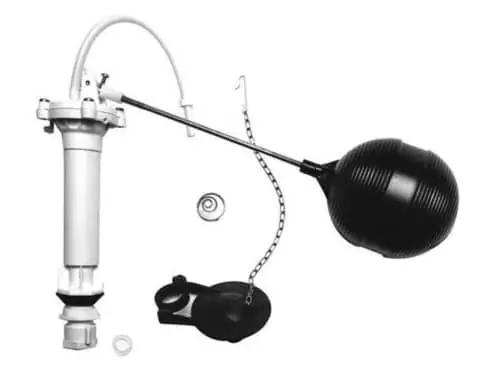
The float ball and rod are parts of the toilet whose function is to balance the water level, and thus prevent the toilet from overflowing and causing flooding in your bathroom. The rod is connected to a fill valve and at the top has a smaller floating ball that rises upright through the toilet tank as water enters it. Once the water reaches a certain level, the ball activates the rod, closing the fill valve. This stops the flow of water into the tank.
The Overflow Tube
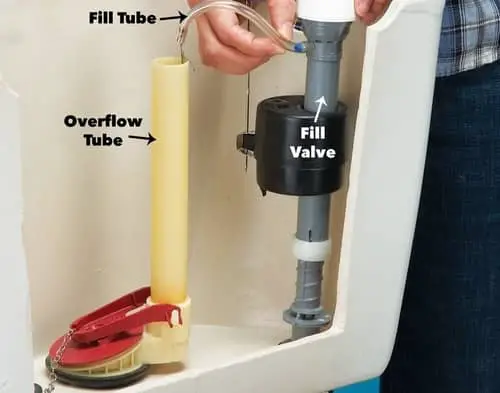
The float ball and rod do not last forever. The Afloat ball is often damaged by insects that drill holes in it, which can cause the ball to fill with water and no longer perform its function. Over time, a layer of rust is caught on the rod, making it difficult to move, while the fill valve simply wears out. When these parts fail, your toilet will be filled with water continuously until the toilet and your bathroom are flooded.
Fortunately, there is one additional safety barrier in the toilet. It is an overflow tube that prevents flooding by letting water directly into the toilet bowl. It is a small pipe that is attached to the back of the toilet bowl. It is activated after the water in the toilet bowl exceeds a certain level.
Main Parts of a Toilet (Bowl, Base, Seat, Plumbing)
The Toilet Bowl
The toilet bowl is the part of the toilet that everybody loves the most and that represents the personal space of the one who uses the toilet. The toilet bowl seems simple – a round large porcelain chunk on which users sit. But the toilet bowl is not just that. Inside its structure is a set of parts that make your use of the toilet comfortable, safe, and dry without you having to think about it while using it.
The Flapper Valve Gasket
The flapper valve gasket is a part that connects the toilet bowl and the toilet tank. After the water from the toilet tank washes the toilet bowl, it pushes (now dirty) water into the drain and replaces it with clean water from the tank.
Rim Holes
When you flush the toilet, most of the water from the toilet tank is directed to push the dirty parts towards the drain, but part of the released water from the tank is distributed in a circle through the toilet bowl so that it is completely flushed.
This part of the water enters the toilet bowl with the help of rim holes that are located below the edges of the bowl. After the water is released into the toilet bowl, it circulates with the help of Coriolis force and pressure from the toilet bowl, and then also goes to the drain.
The Toilet Seat
No one is comfortable using the toilet by sitting on the cold porcelain of the upper edge of the toilet bowl. This is why most toilets have comfortable toilet seats with a plastic or wooden cover. Such covers on toilet bowls are most often fastened by a simple mechanism with a few screws, on the back.
Seat Cover
Some people, in some situations even use a toilet without a cover, just sitting on a cool porcelain edge. But no one should press the toilet flush handle without first covering the bowl with a seat cover.
It is a part of the toilet that protects your towels, walls, and shower curtains from getting dirty with toilet content. After the water is released from the toilet tank, it flows into the toilet bowl at high speed and causes the effect of a plum, where small particles of water splash from the toilet bowl into the bathroom. It is important to always cover the toilet bowl with a lid before flushing!
The Toilet Base
The toilet base connects the toilet bowl to the floor and provides extra space to secure it. Also, inside the base, there are several safety mechanisms that prevent flooding of your bathroom with water from the toilet bowl.
The Closet Flange
The closet flange is a solid thick rubber ring that connects the toilet base to the floor in the bathroom. It also has the function of connecting the toilet to the drain and ensuring that all the dirty water goes to the drain. The closet flange is attached to the toilet by bolts under the base. To further protect against water leakage, the closet flange should also be secured with glue or some other material with a similar effect.
The Toilet Exterior Plumbing
The toilet’s exterior plumbing includes a complete system of pipes that ensure the supply of clean water (inlet ports) to the toilet, and that ensures that wastewater goes outside of the bowl (outlet ports). This system consists of inlet and outlet ports.
Intel ports are:
Flexible Hose
A flexible hose brings water from your main water supply to the toilet. This hose is connected to the toilet tank through a fill valve. The hose is usually made of plastic material with a layer of steel. The combination of these two materials is used to make the hose flexible and safe from damage that can be caused by strong water pressure.
Shut off Valve
At the first end of the flexible hose is a shut-off valve that completely closes the water supply to the system. This part is important when the toilet is running, or leaking from any part of the structure. By turning the shut-off valve, the water supply to the toilet is immediately closed and the water stops flowing into the toilet tank.
Outlet ports are:
The P-trap Pipe
The P-trap pipe is placed just beneath the toilet bowl. Its function is to always provide a small amount of water at the bottom of the toilet bowl. There should always be a small amount of water in order to prevent the spread of unpleasant odors of human waste from the drain.
The Drain Pipe
The drain pipe comes after the P-trap pipe. Its main purpose is to let wastewater from the toilet bowl into the sewage system.
Related article: How Much Does It Cost To Flush A Toilet? Plumber Explain
How a Toilet Works
Now that we have explained all the functions and parts of the toilet, look carefully at how this whole process works.
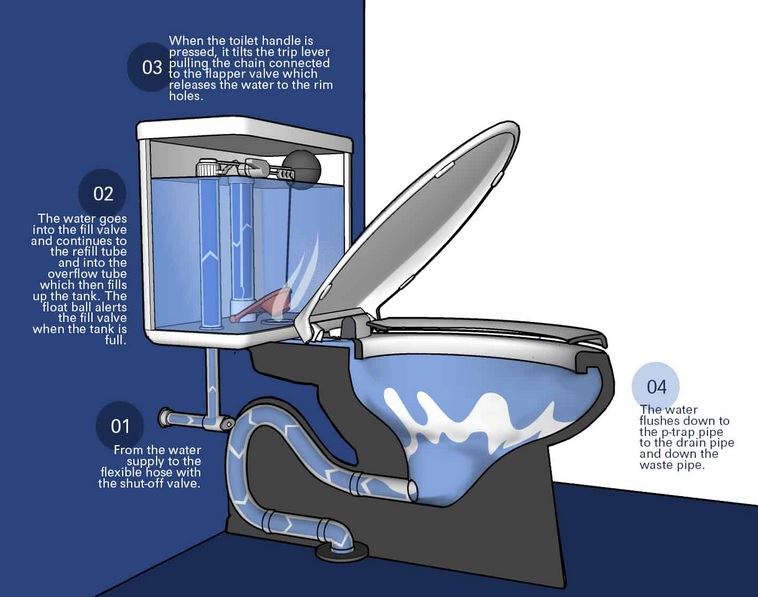
Final Thoughts
The working principle of the toilet is not complicated, and almost everyone can understand it. What is more important is to understand the parts of the toilet so that you can replace them in case of failure. Each of us uses the toilet several times a day, so it is important to know how it works. In this article, we went through all the parts of the toilet so you could understand its operation principle. I hope we helped you get a better picture and if you have any additional questions feel free to contact us.


